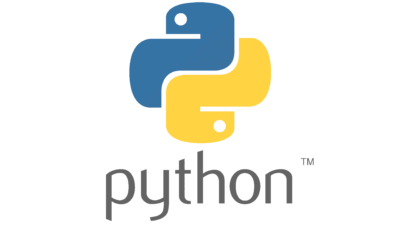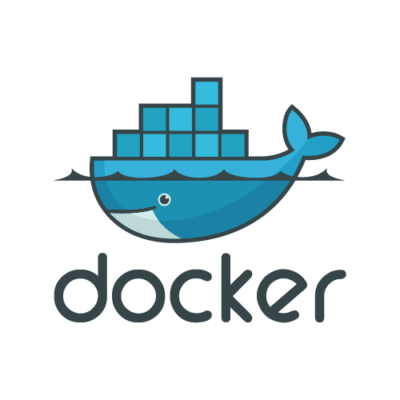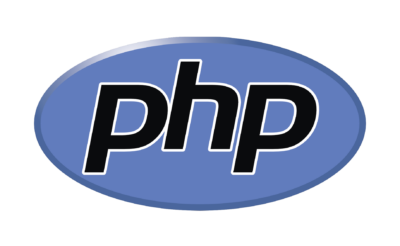This website uses cookies so that we can provide you with the best user experience possible. Cookie information is stored in your browser and performs functions such as recognising you when you return to our website and helping our team to understand which sections of the website you find most interesting and useful.

Customer
We’re partnering with a German company operating in industrial engineering and automation. Our client specializes in cutting-edge solutions that are revolutionizing modern manufacturing and agriculture and helping to build sustainable smart cities. Their offerings enable seamless configuration and management of IT infrastructure for data collection and processing in industrial settings, driving tangible business success for end users.
Challenge
Project 1 – Development of an Industrial Computer Combining Router and IoT Edge Functions
The client needed a device that would act as a router while also supporting the deployment of applications from Docker containers. They came to us with a new project centered on edge computing. The concept was to build an industrial computer that seamlessly integrates both router and IoT Edge capabilities. The objective was to enable remote system control and ensure the security of devices that are either offline or require protection behind an independent firewall.
Our solution
- Concept and Architecture of the Industrial Computer
One of the project’s most critical tasks was creating a custom Linux–based distribution tailored for a widely used industrial computer. The goal was to enable remote system control and ensure the security of devices that are offline or must be protected by an independent firewall.
Together with the client’s team, we built an industrial computer that combines the functions of a router, switch, and VPN—for secure network connectivity to the outside Internet—with a container runtime for IoT Edge workloads, either in Microsoft Azure or using private containers.
The developers’ objective was to correctly install Microsoft Azure IoT Edge software on Linux. Although this posed a significant challenge, we succeeded in ensuring that whenever Microsoft releases new versions—which naturally become incompatible with earlier releases due to configuration changes—customers using our industrial computer can update the system and continue to run all features without interruption.
To achieve this, we leveraged the Yocto Project, which allows us to tailor the operating system’s footprint—a crucial advantage wherever data-transfer volumes matter. In the new OS, we can centrally manage devices used for remote IoT and edge updates in the field. This means limited disk space is used efficiently, allowing deployed devices to maximize their available resources. With large fleets of connected devices, this approach delivers substantial cost savings.
We also implemented support for manual fleet-management configurations. For this, we built command interfaces using a classic architecture: an OS-level Bash shell with commands written in C++, which then invoke daemons responsible for managing each configuration element.
Security is fundamental to this project because the device is exposed to potential external attacks and must be as airtight as possible. Our developers applied a catalog of robust Unix server–hardening best practices to safeguard the system.
- Proof of Concept and MVP
The first phase was a proof of concept (PoC), where we delivered a minimum viable product (MVP) featuring only core functionality and no visual interface. This PoC was tested on the target hardware. After validating the concept, we began working with the client to extend system capabilities, adapting them to Intel-based platforms.
- In September 2020, we completed the PoC phase and moved on to implementing increasingly critical system elements, including:
- A configuration and management system for industrial routers
- A WebGUI based on LUCI (Lua Configuration Interface) integrated with OpenWRT for router management within the industrial computer
- A simple API for sharing Docker containers with GPIO (general-purpose input/output) interfaces
- A remote-management platform supporting multiple industrial-computer deployments
- Support for additional physical hardware platforms
Project 2 – Development of Remote Management Software for Routers and Industrial Devices
In collaboration with VM.PL’s developers, the client set out to build a new remote support system for operators and designers of industrial machinery. The main challenges were to provide an intuitive, fully functional, and—above all—secure interface that prevents unauthorized data access. Additionally, the system had to be usable by non-technical personnel.
Our Solution
- Project Management
We kicked off the project in June 2018. During product workshops, we review upcoming security levels, new features, and functionality. After each sprint, we hold retrospectives to analyze solutions to any issues and draw lessons for future iterations.
- Software Development
For organizations managing a fleet of OAM (Operations and Maintenance) devices, our custom software suite provides a streamlined management experience. The VM.PL development team focused on bullet-proof security and reliable operation, ensuring only authorized users can control the system while maintaining compatibility with a wide range of hardware.
Implemented Applications:
- Multi-Router Configuration Manager – A centralized platform based on templates covering firmware and configuration. Grants remote access to all field devices, including industrial computers.
- Secure Device Configuration System – Automates VPN deployment, certificate management, and encrypted access to endpoint devices. Provides a single hub for incoming VPN connections, static IP assignments, routing, and NAT.
- Automated VPN Infrastructure Application – A standalone tool that establishes secure connectivity to third-party equipment and field machines.
- Certificate Management Application – When router management software needs to generate SSL keys and certificates, our integrated SCEP server handles authentication and signing.
- End-User Protection and Administration Suite – Protects client-side software from unauthorized use and gives end customers a dashboard to view orders, products, licenses, and active installations. Includes an admin panel for managing available features.
Results
Thanks to the system we developed, the client now has a profitable new product in the edge-computing category—already a milestone in the company’s growth. The device offers a wide range of applications for businesses driven by IoT and Industry 4.0. It also serves as a powerful data-collection tool, paving the way for future analytic service offerings.
From the customer
I was impressed by how knowledgeable the developers were. They had an excellent understanding of our goals, and their suggestions were a value-added. They were able to understand a complex application use-case very quickly.
Technologies





Design, Development, DevOps or Cloud – which team do you need to speed up work on your projects?
Chat with your consultation partners to see if we are a good match.






